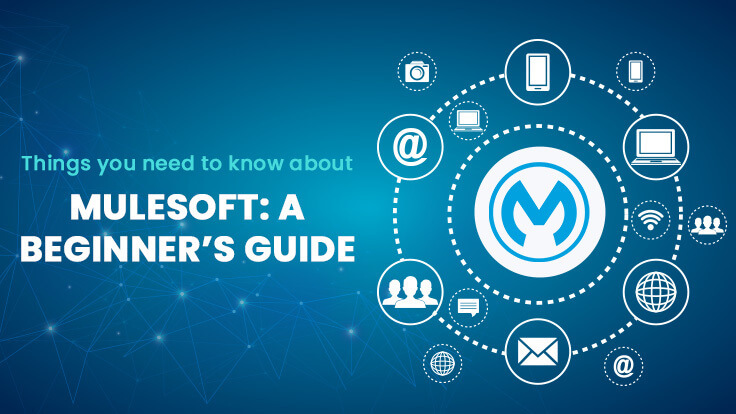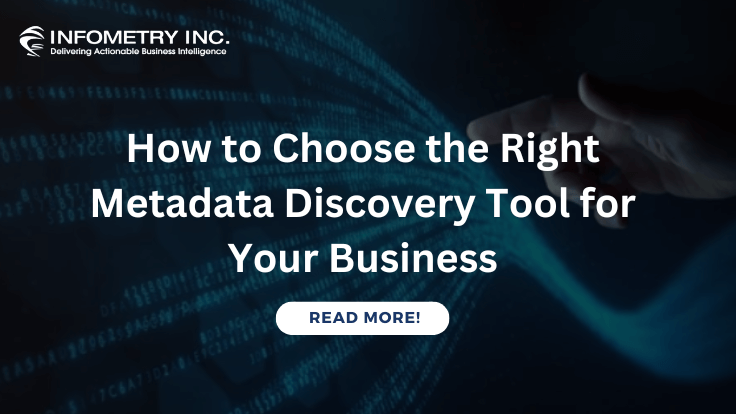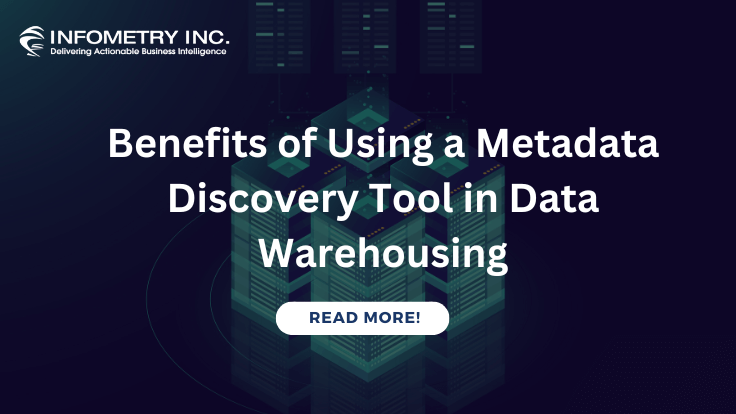
Why is Matillion ETL Better Than Other ETL Tools?
September 14, 2022
A Beginner’s Guide to MuleSoft & How Does It Work?
September 28, 2022RPA (Robotic Process Automation) has become one of the hottest buzzwords across all enterprises. In many associations, the first step toward automation and AI/ML is the reception of RPA technology. At its core, RPA can reduce costs by 30% to 50%. It’s a wise investment that can improve the organization’s bottom line.
Gartner says that the RPA market will reach $1.3 billion in revenue in 2019. Many prominent associations are beginning to notice or build their Center of Excellence for RPA to catch up on this arising innovation. This automation takes over mundane, repetitive tasks to free the human workforce to focus on other, more meaningful actions.
What is RPA?
RPA is a software innovation that is simple for anybody to use and automate digital tasks. With RPA, software users build robots, or “bots”, that can learn, copy, and execute rules-based business processes. RPA automation empowers customers to build bots by observing human digital activities. It can include voice or image recognition, predictive analytics, cognitive decision-making, self-healing, and more. According to a new report by Grand View Research, Inc – “The worldwide RPA market size is supposed to reach USD 3.11 billion by 2025”. The worldwide market will grow at a CAGR of 31.1% during the forecast period.
Most organizations depend heavily on tedious, repetitive capabilities and processes that are required in terms of money and time. As enterprises embrace RPA to be more severe and light-footed, it is not easy to be lost in the pool of features presented by various RPA providers. In this blog, we have listed the top 8 features of RPA that make it a must-have technology nowadays.
Rich-Analytical Suite
Robotic process automation software accompanies a rich-analytical suite that finds the performance of the robot workforce. Most enterprise-level RPA monitors and manages automated roles from a central console. This console can be accessed from anywhere and offers essential metrics on robots, servers, workflows, and much more. The detailed operation analysis enables the clients to follow the tasks and decide on issues and supports streamlining future responsibilities. This solution of RPA requires no integration since everything is inbuilt and set right out of the box.
Ease of Implementation
One of the most mind-blowing features of RPA technology is its ease of implementation, non-invasiveness, and compatibility with existing legacy systems. In this way, for picking the suitable tool, it’s essential to check the integration capability with the current frameworks to avoid downtime and enable a smooth transition after implementing the automation solution.
Speed
One of the significant purposes behind RPA advancement is to bring speed to existing business activities. The faster the procedure, the shorter the turnaround time for completing the task.
Therefore, it is essential to analyze& validate the expected speed of execution of RPA bots while comparing them with the existing non-automated system.
Your RPA software should have the option to work on the speed of business processes by a noticeable percentage with tangible business benefits.
Robust Encryption and Security
In the cutting-edge business environment, security is everything. Associations lose billions of revenue, and untold amounts of validity, to cyberattacks every year. The capability to protect sensitive data is, therefore, absolutely crucial for any platform built to manage it, including your RPA tool.
Within the universe of RPA, security implies keeping your sensitive data sensitive. Compliance with data regulations like CCPA, GDPR, and SOC is imperative. For bigger groups, a comprehensive permissions structure prevents unapproved access, keeping your associations and clients’ data safe consistently.
Deployment of RPA for Hosting Purposes
Most RPA frameworks support different hosts and deployment options, like virtual machines, the cloud, and terminal applications. They can utilize an agentless setup to convey robots in clusters.
Version Control
This feature permits storing of every version of the bot with the goal that engineers can look at and identify differences between numerous versions of the bot in a specific cycle. Some RPA tools offer bot scheduling, maintaining user logs, handling versions and bot activities, etc. All these capabilities ensure proper auditable management and total control over the RPA environment.
Script Less Automation
The advanced RPA tools are code-free and can automate any application in any division where the administrator or administrative work is performed across an enterprise. Hence, the representatives with less programming abilities can make bots simply through GUI and different intuitive wizards. This low-code or less code development platform decreases the amount of hand-code-writing and enables accelerated delivery of business apps.
Ownership Cost
The total cost of ownership is one more significant capability that should be assessed before picking any RPA tools. It relies upon different factors, for example, vendor charges, respective license fees, cost of implementation, maintenance, and more.
Ready to Implement the Right RPA Technology at Your Associations?
Consolidated, these eight capabilities significantly filter the RPA platform options you must implement in your business. We pride ourselves on building a platform that is both comprehensive and easy to implement.




